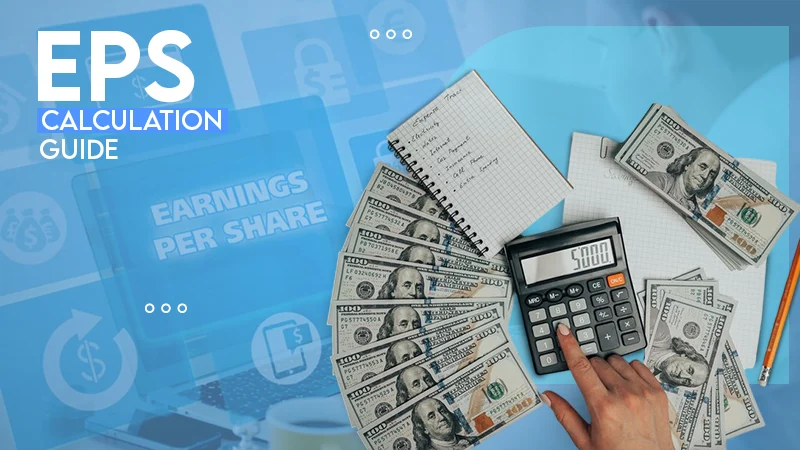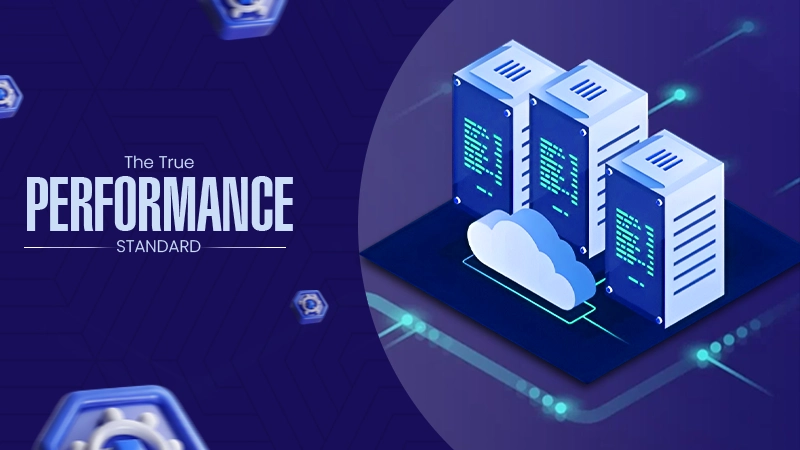The highest loan-to-value, or percentage of the loanable amount, for a DSCR loan is 75%. Borrowers need to make sure that this is the maximum percentage, and the actual percentage may vary depending on factors like property appreciation, market volatility, and risk mitigation.
Considering the increased prominence of real estate investments, numerous individuals are making their move into property investments. Whether a rookie or an experienced professional, everyone is trying to put their hands on a cash flow-generating property.
However, purchasing these properties with their savings is impractical, as this requires a huge amount of funds. As a result, investors prefer DSCR loans for making payments.
These are specific kinds of loans that are exclusively used for purchasing income-making properties through rental income. As a real estate investor, learning about the different aspects of DSCR loans is essential. Thus, today we will learn what a DSCR loan is, how to calculate its ratio, the requirements for its approval, and many more.
What is a DSCR Loan?
A DSCR (Debt Service Coverage Ratio) loan is one kind of commercial real estate loan that allows the lender to evaluate the borrower’s ability to generate enough cash flow to cover the loan payments. A DSCR makes it simple to assess a borrower’s ability to repay without requiring personal income verification, lenders, use it to qualify real estate investors for loans.
The debt service coverage ratio calculates the annual gross rental income of a property against its mortgage debt, which includes principal, interest, tax, insurance, and homeowner association (if applicable).
While calculating the DSCR loan, lenders need to consider the following:
- Management
- Maintenance
- Utilities
- Vacancy rate
- Repairs
Computation of Debt Service Coverage Ratio
Calculating your debt service coverage ratio is easy and can be done in 3 simple steps.
- Step 1: The gross rental income is based on the lease agreement and the appraiser’s comparable rent schedule (form 1007). Whichever of these is less will be considered the gross rental income. You can also qualify for long-term rentals, or short-term rental income, if you have a record for the past 12 months.
- Step 2: Calculate the total debt of the property, including the principal amount, amount of interest payable, tax amount, insurance, and HOA (if applicable).
- Step 3: Now, divide the calculated gross rental income by the total obligated debt to compute the debt service coverage ratio.
Debt Service Coverage Ratio = Annual gross rental income / Debt
When to Choose a DSCR Loan?
Choosing between conventional and DSCR loans for financing real estate property is a pivotal decision. The borrower’s situation and investment plan can significantly influence the lender’s decision. Thus, the following are the cases ideal for deciding on a DSCR loan:
Self-Employed Borrowers
Going for the DSCR loan is an optimum choice for self-employed borrowers, as it qualifies them for mortgage challenges. Lenders must have at least 2 years of tax returns to qualify for the convenient montage. However, if a borrower makes a good deal for the lender, they can be an ideal candidate for a DSCR loan. To ensure that no repayment amount is missed from your side, opt for suitable accounts payable services.
Advanced investor
DSCR can be one of the best choices if you invest in multiple properties. No matter how great the ROI of these properties is, lenders always hesitate to lend money to investors who have invested in multiple properties. Lenders of DSCR loans see such investors as their potential borrowers and provide them loans based on their successful track record.
Financing Major Amounts of Properties
There are various other ways to lend money for short-term and partial financing of properties, but when it comes to financing a major amount of property for a long time, nothing comes near DSCR loans.
People Who Invest in Teams as a Firm
DSCR is an ideal choice for investors who invest in teams as a firm, as it allows the borrowers or investors to avail themselves of the limited liability. In this case, if the borrowers are unable to repay the loan, their personal assets can’t be sacrificed.
Investors Targeting Niche Strategies
When it comes to investing in newer niches of real estate, conventional lenders like banks and other financial institutions step back, whereas innovative DSCR lenders view these as profit-making opportunities.
Requirements for Qualifying DSCR Loan
To qualify for DSCR loans, borrowers must meet the following requirements:
- DSCR: Lenders need at least 1.2 to 1.25 of the DSCR ratio to qualify for a DSCR loan, which means the net operating income of the property should be 1.2 to 1.25 times the debt liability.
- Credit Score: A commendable credit score of a borrower assures the lender of the repayment of the loan amount. Therefore, the required credit score for qualifying DSCR loans is set to be 620 or higher.
- Down Payment: It is necessary to make a 20% down payment on the property to be eligible for a DSCR loan. The percentage can differ based on specific lender requirements.
- Loan Amount: Although the minimum and maximum amounts are not set by anyone, an ideal DSCR loan amount can vary from $1,00,000 to $10,00,000, or even more in some cases.
- Property Conditions: The property should pass the assessment of the lender. The lender will make sure that the property is worth the loan amount.
- Expected Reserves: Some lenders want their borrowers to prepare reserves for their loans in cases where the borrower struggles to repay the amount.
Pros and Cons of DSCR Loan
Taking a DSCR loan for the acquisition of property is a crucial step for financing. The borrower must know all the benefits as well as the limitations of it. Therefore, we have provided the pros and cons of the DSCR loans, assisting you in making a decision.
How to Apply for a DSCR Loan?
To apply for a DSCR loan, an applicant requires a loan application, credit authorization form, bank statements, leases, rental history, insurance, and entity and renovation documents.
With these documents in their hands, potential borrowers can apply for DSCR loans through the following steps:
- Step 1: The first and foremost step in applying for a DSCR loan is finding a potential lender. Reach out to other real estate professionals and experts to make some connections. After getting a lender, ask for any specific requirements for loan approval.
- Step 2: In the second step, the lender will ask you to provide information about the property on which the loan is being made. After thoroughly assessing the property and information, the lender will outline the loan details. This will include the loan amount, terms, fees, etc.
- Step 3: After the assessment, the lender will collect the documents that define the cash flow generation of the property. The documents should not include the personal loan documentation of the borrower, as a DSCR loan only requires the cash flow generation of the properties, not of the borrowers.
- Step 4: At last, the borrower needs to submit the required documents as mentioned above. After getting approval, the lender will send the terms and conditions of the loan, such as the monthly repayments, interest rate, terms, and closing costs. Once the borrower accepts the terms and conditions, the lender will send a pre-qualification letter.
After the borrower gets loan approval, the loan underwriting will begin, followed by the signature and loan closing process.
Wrapping Up
The Debt Service Coverage Ratio (DSCR) is a property loan approved for cash flow-generating property. These loans are specifically designed for novices and veterans who are into real estate investments. But before getting it approved, borrowers need to qualify for its requirements, such as DSCR, credit score, down payment, property conditions, and expected reserves.









